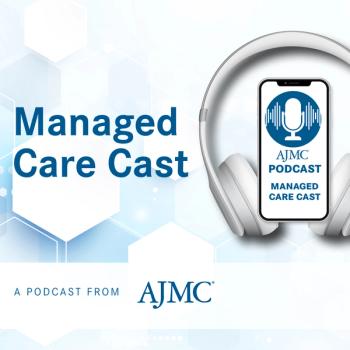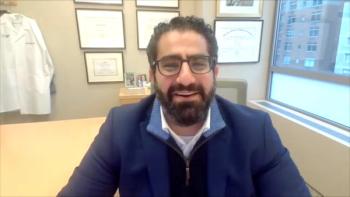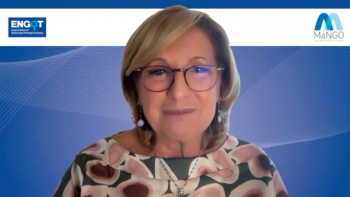
Dr Kate Goodrich Discusses Potential Challenges of APMs
Clinicians may at first be confused by new value-based care regulations, but there are resources to help them understand, said Kate Goodrich, MD, director of the Quality Measurement and Value-Based Incentives Group in CMS.
Clinicians may at first be confused by new value-based care regulations, but there are resources to help them understand, said Kate Goodrich, MD, director of the Quality Measurement and Value-Based Incentives Group in CMS.
Transcript (slightly modified)
What are the biggest challenges you anticipate as the US healthcare system moves toward the Merit-Based Incentive Payment System and alternative payment models?
The law that authorized the MIPS and the APM program, which is the MACRA legislature, the Medicare Access and CHIP Reauthorization Act, really contemplated a significant shift in how clinicians practice care, so physicians, nurse practitioners, other types of clinicians. And so it is going to be a shift for a lot of physicians to be able to move into alternative payment models, but very smartly the law provides a lot of incentives to do that. And then built into the law are of course the requirements around quality reporting, resource use, clinical practice improvement activities, and advancing care information, so use of health information technology.
All of those components together can be very confusing for clinicians as they learn more about the program. I think what we’re hearing is some excitement about it and the ability to move into alternative payment models and to be actually paid on the quality of care that you provide, but there actually is a lot to that law and as a consequence there’s a lot to our regulations.
So I think the initial first challenge for clinicians is really understanding what all of this means.
We understand that, and we’ve been hearing that from clinicians even before our proposed regulation came out, so I think we have a lot of work to do in partnership with professional organizations, patient organizations, registries, electronic health record vendors, to work together to do our best together to ensure that clinicians can at least understand what is expected of them. So we’re really spending a lot of our time and resources on making sure that all of that is as clear and easy to understand as possible.
Then I think there’s some concern, mainly because of the unknown, by clinicians about what it means to move into alternative payment models. The clinicians who have participated in that thus far, many of them have been incredibly successful, and have found that they actually are able to drive change within their practice. So I think we need to get those messages out to other clinicians as to what it actually means, what you have to do, to transform. And the good news there is that there is quite a bit of help available for clinicians to be able to start to transform their practices in order to be able to take on some more financial risk.
So, while some of it may seem uncertain, a little bit scary, people are not quite sure what it is they have to do yet, there is quite a bit of help on the way, much of it coming from CMS and moneys we’re giving through contracts and other arrangements for front-line, boots on the ground assistance to providers to help them. But there’s also going to be a lot of help from their professional societies, and we’re working very closely with those societies, as well as many of the state medical societies, to really be able to help clinicians understand what they need to do.
Newsletter
Stay ahead of policy, cost, and value—subscribe to AJMC for expert insights at the intersection of clinical care and health economics.















































